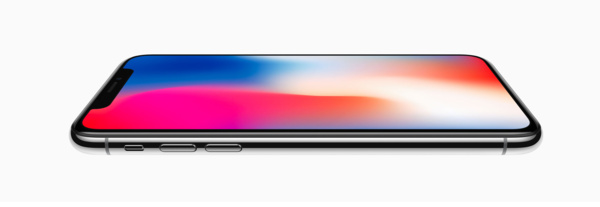
Now Apple has released a document that details some of the features of an OLED display. This includes explaining the many pros of the first ever iPhone OLED but also a few cons that might affect your viewing pleasures.
According to the document you may experience shifts in colors when viewed off-angle. This is of course normal for an OLED display, and according to reports nowhere near as bad as with the Pixel 2 displays, which have been criticized heavily.
The second one is another one of OLED's typical shortcomings, "burn-in". The burn-in, or "image persistence", is a phenomenon where a static image may burn a ghost image in the display that will be permanent.
The severity of the problem depends on the display but hasn't been much of a problem in other Samsung produced displays. Apple also says that the display is "best in the industry in reducing the effects" and that they have engineered it themselves that way specifically burn-in in mind. The iOS 11 experience also takes into account that iPhone X has an OLED display and reduces the severity of burn-in effect with software solutions.
The iPhone X has a 5.8 Super Retina HD (2436 x 1125 resolution, 458 PPI) display which covers the front panel nearly entirely. It has been manufactured by Samsung but Apple takes credit for engineering and designing it. It has a million-to-one contrast ratio and HDR support.














